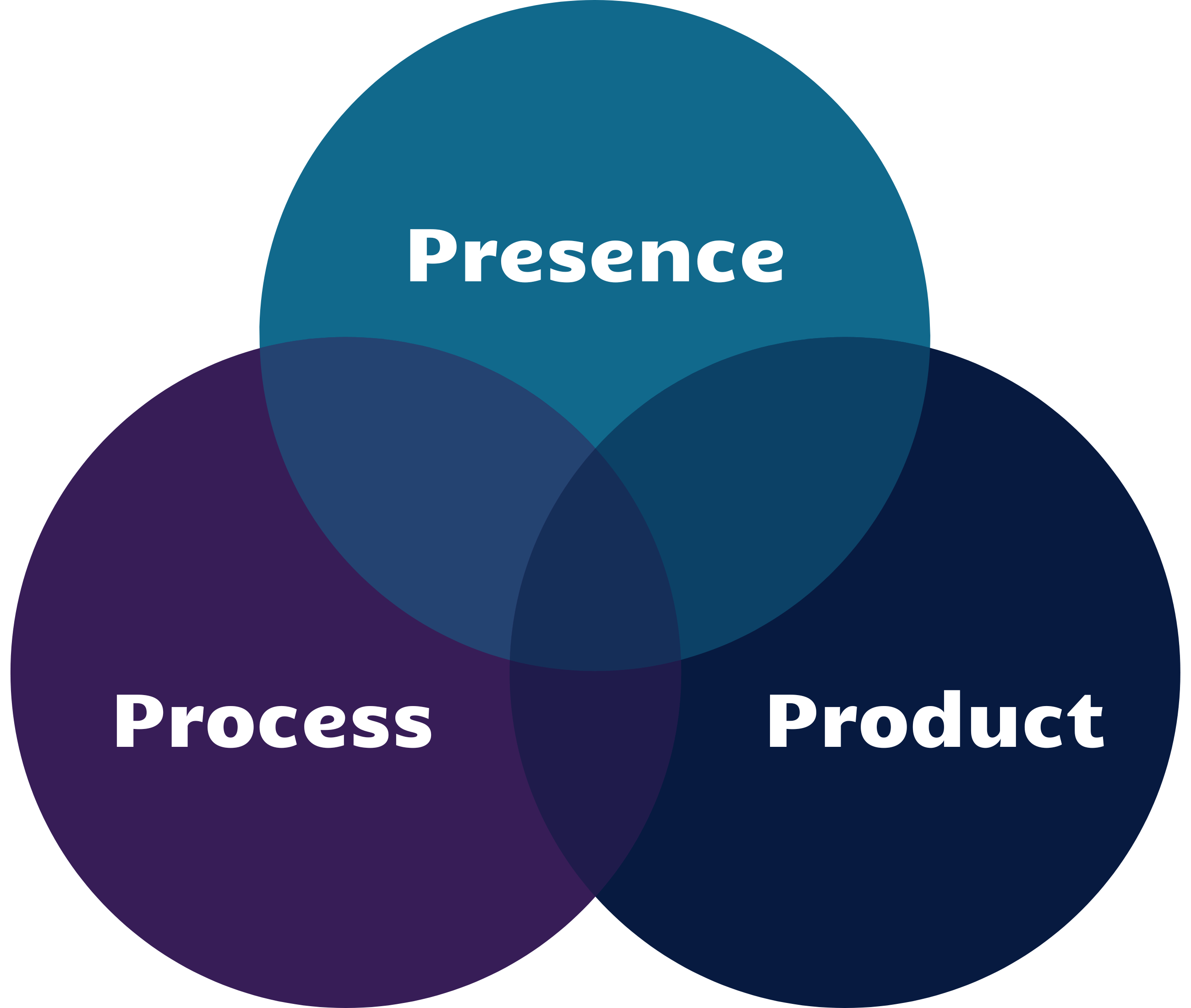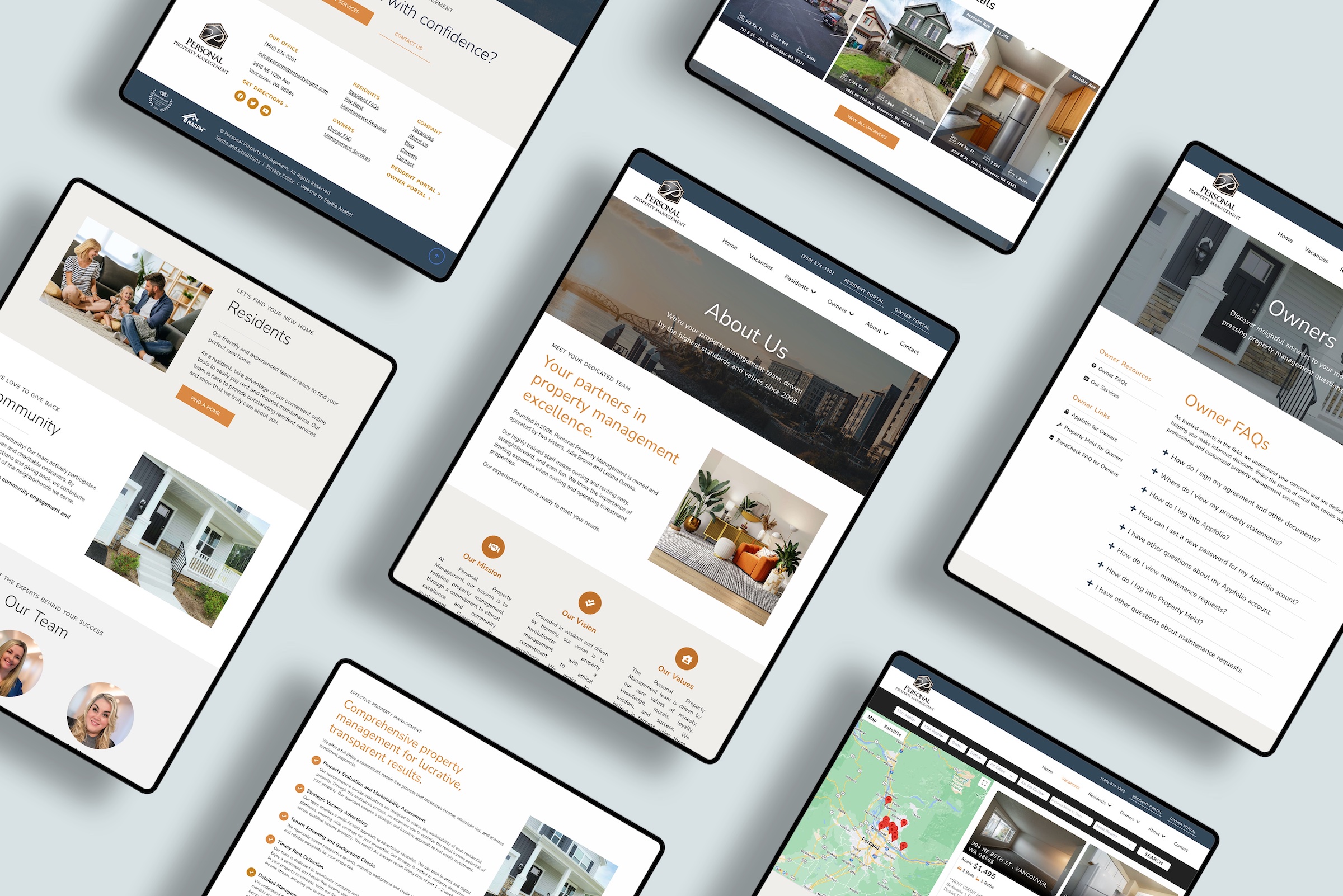Many people feel stressed about their businesses. After years of pouring themselves into building a solid product and customer base, they’re facing more and more demands on their time.
They’re proud but busy. Accomplished but overwhelmed.
It feels like they’re spending hours on the same tasks every single day. They’re worried things are slipping through the cracks. And they’re losing sleep trying to keep track of all the moving pieces.
Does this sound familiar?
If so, I have great news.
Customer experience is the secret weapon to decrease your stress, simplify your days and help your business feel more professional.
Whether you’re familiar with the term “customer experience” or have never heard of it before, help is on the way. Today, I cover…
- What are the three parts of customer experience?
- Why does customer experience matter?
- How does customer experience streamline your business?
- How can you improve your customer experience?
And one quick note to get started — I use the term “customer,” but the term “client” is also applicable here. Don’t let the language throw you off, just substitute whichever term best fits your business.
What is customer experience?
Put simply, customer experience is how your customers feel and think during their interactions with your business.
It encompasses the entire customer journey and all touchpoints from beginning to end. Each of your customers begins their experience when they first learn of your business. Their experience goes all the way through their inquiry, conversion, and post-purchase periods.
So what are the components of customer experience?
Customer experience consists of presence, process, and product.
Customer experience has three parts:
- Presence: This is how your business shows up online, including your website branding, copy, social media profiles, and advertising.
- Process: This is the customer’s experience of working with you, including your communication and project management systems.
- Product: These are the results that you deliver for customers, whether those are physical products or services.
Presence, process, and product — two outta three ain’t enough.
All three parts of your customer experience are integral to your success. Missing out on one part will mean the other two eventually fail.
No solid presence? If a lackluster presence fails to attract customers to your business, it’s hard to deliver an outstanding product and wow-worthy customer processes.
Bad customer processes? If customers don’t have a good time working with you, they’ll be eager to part ways at the end of their project. Next time they need your services (or could refer you), they’ll search for a new vendor or provider. Say goodbye to referrals and customer retention.
Unsatisfactory products? If you deliver subpar products, it won’t matter whether you knock presence and process out of the park. Bad results mean low customer satisfaction, fewer referrals, and a lack of repeat customers.
And exceptional customer experience does matter. A lot.
Great customer experience means you’ll have happier, more loyal customers.
Why should you care about customer happiness?
That answer may seem obvious (“Because happy customers are…happy customers”). But there’s also research to back it up.
For one thing, happy customers are much more likely to refer you to friends and family. In fact, 83% of customers report that they’ll refer businesses after a positive experience.
Those referrals mean your business can scale faster and with less marketing spend on your side. 92% of customers trust referrals from people they know, and referred customers have a 37% higher retention rate.
|
83% Customers who refer businesses |
92% Customers who |
Plus, referrals aren’t the only benefit of customer satisfaction. Happier customers also come back for more of your services or products.
And why does customer retention matter?
Because returning customers spend up to 300% more compared to new customers.
They also help decrease your marketing expenses. Between the marketing costs and admin hours, one new customer can cost your business up to 5x more than retaining an existing customer.
|
37% Higher retention rate |
300% More spent by returning customers |
In short, happy and loyal customers grow your business because they spend more, cost less, and refer others.
And customer experience isn’t all about them — it’s also about you!
I’ve found that better customer experiences can vastly improve your business life, especially when it comes to admin efficiency. Better systems (one of the main components of improved customer experience) keep you from being bogged down or falling behind on admin tasks as your business grows.
For example, you may improve your customer experience by adding project management software that sends templated proposals, invoice reminder emails, and milestone updates. Besides making your customers feel more valued and reassured, that software can save you literal hours for each project.
Let’s take a look at your own customer experience next.
I can’t help with your product — that’s on you to deliver. But if you have a proven product or service that your audience loves, it’s time to review the other elements of your customer experience.
Which matters more for customer experience — presence or process?
Many people focus on their business presence. They want a beautiful website, cohesive social media profiles, and gorgeous email marketing system.
All these components are important.
But your presence cannot stand alone.
As your online presence attracts attention, you need strong processes in place to convert visitors into leads, leads into customers, and customers into loyal fans.
Presence attracts, but process converts.
Strong processes are key to supporting your online presence and growing your business without stress.
Keep in mind, customer experience starts before someone actually becomes your customer. As soon as a lead visits your website or scrolls through your social profiles, their customer journey has begun.
They’re already deciding if they want to purchase your product or invest in your service.
Your processes for communication, response times, information flow, and bookings can make or break their purchase decision.
If your audience feels like their questions are ignored, communication is slow, or information is confusing, they’re much less likely to trust your business.
In fact, you have probably experienced this yourself.
Remember the last time you couldn’t find important information on a company’s website? Or you filled out an online contact form, only to never receive a response? Or you had to talk with a customer service agent who clearly didn’t understand or care about your problem?
These situations create negative customer experiences. You don’t want systems that cause similarly negative experiences for your business.
Instead, you want customers to feel seen and validated. They should be impressed with your information and FAQs. Delighted with your fast response time. Over the freaking moon with how easy it is to compare services and find the right products.
Starting their customer journey with positive experiences means people will be more likely to trust you and ready to purchase.
So which should you prioritize — presence and process?
In an ideal world, it’s best to have your processes in place before your presence draws in customers.
Strong processes help you operate more efficiently and keep customers happy (which leads to more referrals and higher customer retention).
But realistically, it’s not always possible to create systems before your business grows.
At the start of your business, you may not know what systems you need. Will you want independent scheduling for customers to book appointments? Automated contact forms? Pricing guides?
You may be in business for several years before you know which systems are important.
Plus, your systems will continue to evolve.
Maybe you didn’t want an email collection form on your website in the past, but now you’re starting a newsletter. And with that email form comes an automatic welcome message, confirmation note on your website, and so on.
Processes are meant to evolve and improve as you add new offerings, adopt new tools, and streamline your approach.
And trust me, these improvements are important.
As much as good customer experience can grow your business and simplify your life, bad customer experience scares away leads and makes your business feel like a hellish slog.
For example, imagine that you’re a business owner in need of a new website.
Here’s the good news:
You’ve found a web designer, and you LOVE their website package.
All your questions are answered by their sales page. You feel like their copy speaks directly to you. You’re so relieved to find somebody who finally gets you, and you’re confident that they’re the perfect designer to build your website.
Their price is expensive, but you know they’re worth it.
You’re ready to invest.
But once you pay the first invoice, things…change.
You don’t hear anything for a few days. Then a week. You start to grow concerned. Did you just flush away thousands of dollars?!
Suddenly, messages start coming in — but it’s an overwhelming flood of information. You receive instructions for your new service agreement AND invoice AND project timeline via different platforms, with details scattered across emails.
Your inbox is swamped, but you aren’t sure what the next steps are.
Or when to expect an update from the designer.
Or how to contact them about your questions.
You’re feeling frustrated and bamboozled. What started as an amazing customer experience has turned into a confusing mess.
And that’s just on the client side of things. For the designer, the communication also feels stressful and overwhelming. The project seems to be going off the rails as soon as it starts. Communication takes up at least half of each day, and it feels like this client has the same questions as the one before them….and the one before them, too….
Now here’s the power of process.
Imagine that same scenario, but with systems that were crafted to enhance customer experience and simplify admin processes.
Instead of delays and confusion, customers enjoy clear communication and automated messaging that explains the next steps.
Instead of stress and overwhelm, the designer trusts their software to send reminders and organize their milestones.
That’s why it is not enough to settle for mediocre customer experience.
Great customer experience — in this case, with a straightforward onboarding process, simplified invoicing, and thorough communication — will inspire loyalty in your customers, grow your business with referrals, and simplify your days.
That’s just one example (and it’s one I’m very familiar with after 10 years of building websites. Many of my clients came to me after working with other designers who didn’t have great systems…and I used to have pretty hectic systems myself). There are so many more.
By now, you may be thinking about your own business and asking, “How can I deliver an exceptional customer experience? What types of experiences will make my customers feel more valued and loyal?”
Let’s set aside presence (marketing and ads are whole other topics) and focus on your process — aka your systems.
To inspire loyalty in customers, you’ll need to invest in great systems.
I find that all great systems share three traits.
Simple. Make it easy for customers to find information. Guide them to take the next steps. Add clear buttons and links with information that they need, such as order details and timelines. Streamline your calls-to-action (CTAs) and add them in obvious places, such as your website menu or the bottom of email content.
Straightforward. Be direct and communicative. Put aside your experience, and think from the perspective of a new customer. What questions would you have in their shoes? How can you answer their questions before they even have to ask?
Seamless. Customers should flow easily from one step to another. They shouldn’t be left to wonder what the next steps are, or when they should expect to hear from you. Tell them when and what to expect next — and use automations to share information without adding extra admin work for yourself.
Systems that share these three traits — simple, straightforward, and seamless — will delight your customers and streamline your own daily processes. You’ll find yourself spending less time on customer questions and admin. You’ll be able to focus attention on your business, rather than in your business.
At this point, I hope you’re convinced. You’re ready to improve your processes and elevate your customer experience.
What are the steps to improve your customer experience?
First, revise your systems.
Put yourself in the shoes of a new lead, and comb through your processes.
Ask yourself…
- Is everything intuitive and clear?
- Would I know how to book a service or purchase a product, even if this was my first visit?
- Are any questions unanswered?
Ask your customers…
- Were they confused when they first started working with you?
- What do they enjoy about working with you?
- What can you improve?
Then make those improvements. Draft new email funnels. Revise your services and guides. Rewrite your website copy.
After you complete this step, don’t expect instant results.
Building a wow-worthy customer experience is a long process, not a quick fix. It will likely take several months (at least) before you see results.
After my first major systems overhaul in 2019, it took months before I started to see the results. Three months after my overhaul (about the time it took the next batch of clients to go through my full web design process from beginning to end), I began to see more new client referrals and repeat customers than ever before. And these new systems are still paying off! Even today, I hear from clients who specifically identify my systems as the reason they choose to work with me.
So don’t stop after step one. In fact, after you complete step one, it’s time for step two…
Next, revise your systems.
Yep, you read that right. This is the same as step one.
Why?
Because systems are dynamic, not set-it-and-forget-it. Your systems should evolve and respond to your customers’ needs, which will continue to change. Make a reminder to periodically check your systems and confirm everything is working and aligned with your business. Continue to ask your customers for feedback (testimonials and satisfaction surveys are great ways to do this!) after each project or sale.
If you’re struggling with identifying or making improvements to your customer experience, help is on the way.
The Elevated Experience is my new service to help identify and fill gaps in your customer experience.
It’s a comprehensive deep dive into your business using my signature Momentum Design framework. After two weeks of working together, you’ll walk away feeling reassured, confident in your business systems, and ready to move forward with clear, actionable next steps.
Learn more about The Elevated Experience here.
Or want to do more research on your own?
Check out my resources, including downloadable guides and free checklists to make sure your business operates efficiently, effectively, and at an elevated level.







